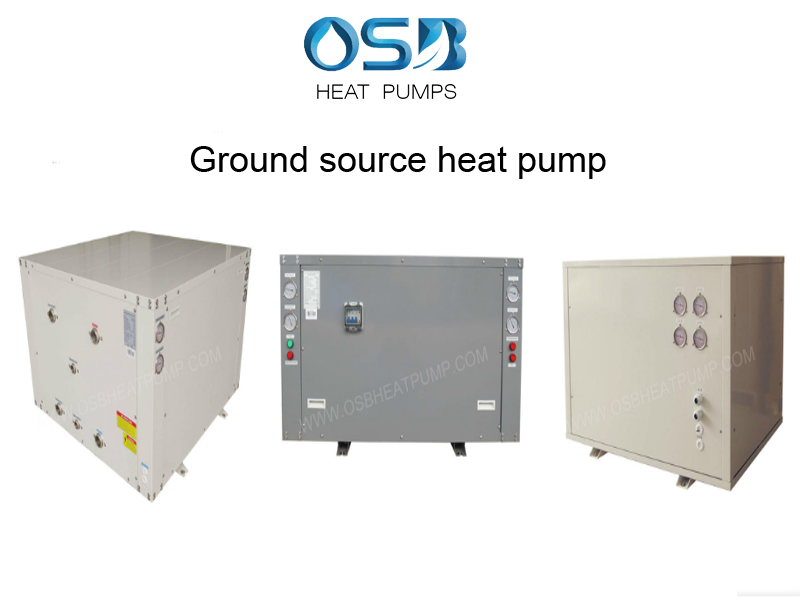
1) Pipes must be kept in good pressure and sealed at both ends to avoid impurities entering because of buried piping system.
Once unified, it will be difficult to clean up, which will reduce the heat transfer efficiency of buried pipes for a long time.
2) When the pipe is lowered, it must be pressed down. On the one hand, it is for the convenience of lowering the pipe; on the other hand, it is for the convenience of lowering the pipe.
Prevent the pipe from floating after it is finished.
3) Transversely buried connecting pipes must be buried at least 1.5 meters (1.5-2 meters) below the ground, otherwise the heat loss of buried pipes will be great in the future, and if there are heavy objects on the ground above in the future, the pipes will be easily crushed.
The configurations in C/engine room are all water system configurations. The main spare parts are load side water pump, source side water pump, pressure gauge, thermometer, flow switch, Y-type filter, constant pressure tank or expansion tank, soft joint, seamless steel pipe and corresponding pipe fittings, PE pipe and corresponding pipe fittings, electronic water treatment instrument, automatic exhaust valve, collector. Water divider, electronic control cabinet, etc.
In fact, the installation of ground source heat pump can be done according to the water cooling system except for the external part.
9. The determination of the number of wells drilled by ground source heat pump:
1. The number of drilling wells is closely related to geological conditions. The drilling depth of roving, loess, pebble and bedrock is different.
2. It is related to the heating capacity of the ground source heat pump unit, for example, the heating capacity is 100KW and the heat transfer capacity is 45W per meter.
3. The above two conditions can be used to calculate the number of wells drilled.

